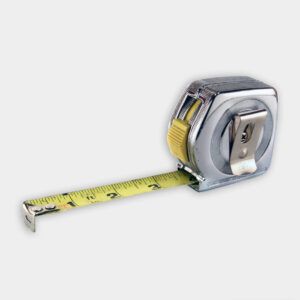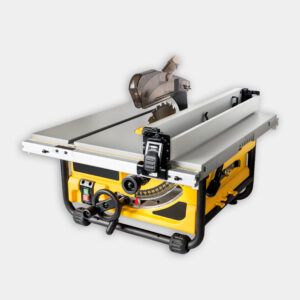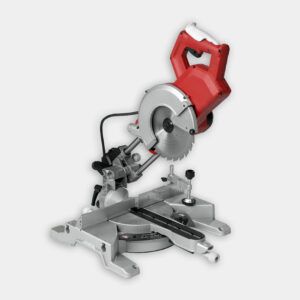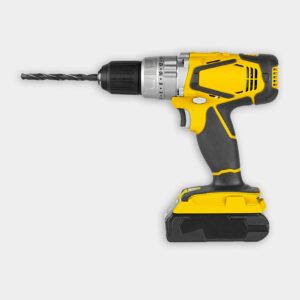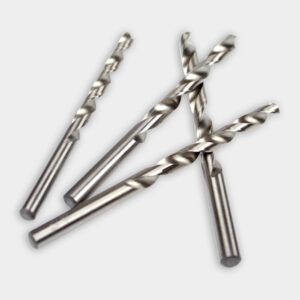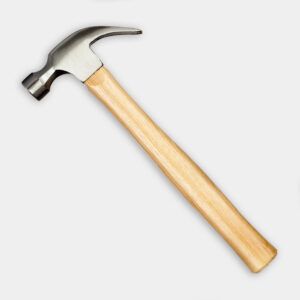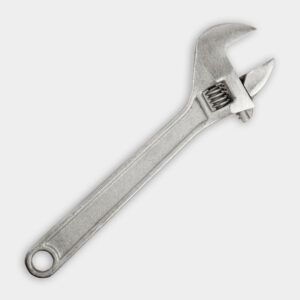We may be compensated if you purchase through links on our website. Our team is committed to delivering honest, objective, and independent reviews on home products and services.
This article appeared in the Summer 2022 issue of This Old House Magazine.
With some leftover composite decking and basic tools, you can build a comfortable lounge chair perfect for poolside lounging or sunbathing. This is a manageable do-it-yourself (DIY) project for homeowners of all skill levels. In the video above, This Old House DIY expert Jenn Largesse shows how to build this deck lounge chair.
Note: The directions for this guide won’t include all actual measurements, so you’ll need to find cushions, measure them, and design a compatible frame. For this design, Largesse bought chaise lounge cushions and built a frame to fit them.
DIY Deck Lounger Tools and Materials
Here’s what you’ll need to complete the project:
- 100-grit sandpaper
- 1 5/8-inch-trim head deck screws
- 3-inch trim-head deck screws
- 3/8-inch deck plugs
- Two 3/8-by-2 1/2-inch stainless steel carriage bolts, washers, and locking nuts
- Four 1 by 6 by 12 composite deck boards
- Adjustable wrench
- Clamps
- Composite plugs
- Drill/driver
- Drill bits
- Hammer
- Lounge cushions
- Miter saw
- Polyurethane glue
- Table saw
- Tape measure
Deck Lounger Cut List
- Sides: Two at 4 by 79 inches (rip to remove one grooved edge for a final width of 4 inches)
- Ends: Two at 4 by 24 inches (rip to remove one grooved edge for a final width of 4 inches)
- Seat slats: Seven at 5 1/2 by 22 inches
- Backrest slats: Five at 5 1/2 by 21 7/8 inches
- Legs: Rip grooves from both sides for a final width of 4 inches, then miter the ends of each
- Leg at parallel 20-degree angles (Note the diagram to ensure the outside faces of each doubled-up leg have a finished texture)
- Legs (outside front and back): Four at 4 by 9 1/2 inches
- Legs (inside front): Two at 4 by 12 43/64 inches
- Legs (inside back): Two at 4 by 11 5/64 inches
- Seat-slat side supports: Two at 1 1/2 by 9 1/8 inches (miter one end at 20 degrees)
- Seat-slat side supports: Two at 1 1/2 by 32 1/8 inches (miter one end at 20 degrees)
- End supports: Two at 1 1/2 by 12 inches
- Backrest support sides: Two at 1 1/2 by 33 inches
- Backrest support end: One at 1 1/2 by 19 3/4 inches
- Backrest support arm sides: Two at 1 1/2 by 19 1/2 inches
- Backrest support arm end: One at 1 1/2 by 17 3/4 inches
- Backrest support arm catch: Two at 1 1/2 by 5 inches
- Backrest support shelf: Two at 1 1/2 by 20 inches
Before You Begin Your DIY Deck Lounger
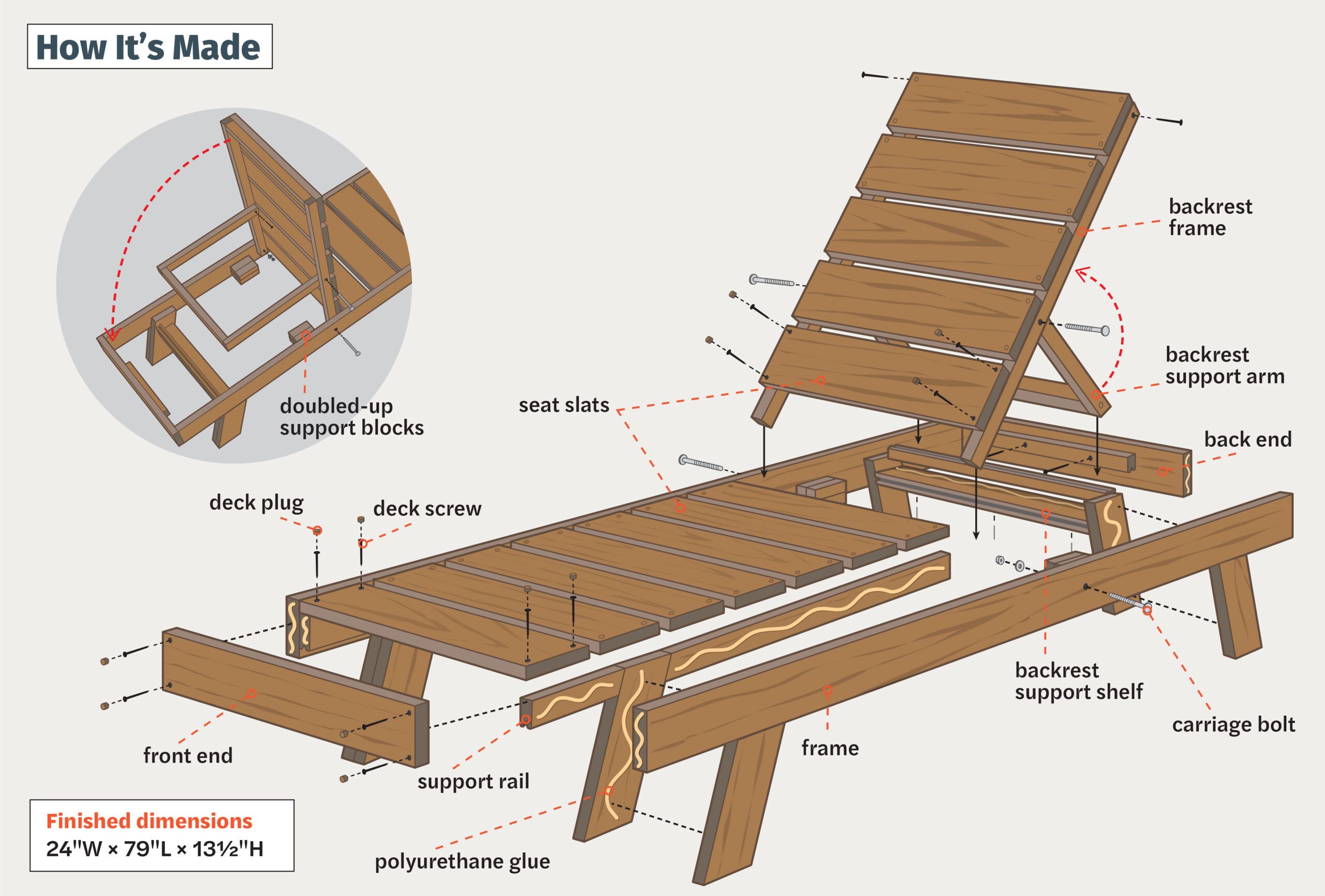
Composite decking material holds up great outdoors, but it has different characteristics than true wood. Here’s what you need to know when working with it:
- To prevent composite faces from mushrooming around screwheads, drill a pilot hole for every screw.
- Cut edges can be sharp, so round them over with a router or sandpaper.
- If a cut exposes a composite’s core that doesn’t match its face, wipe the cut with a wood stain.
- Composite decking expands and contracts with temperature changes. Leave 1/8-inch gaps at the ends of the slats.
Tip: Many kits are available for drilling and plugging screw holes in composite decking, but Largesse found it much easier to just counterbore the pilot holes with a 1/4-inch bit before popping in plugs.
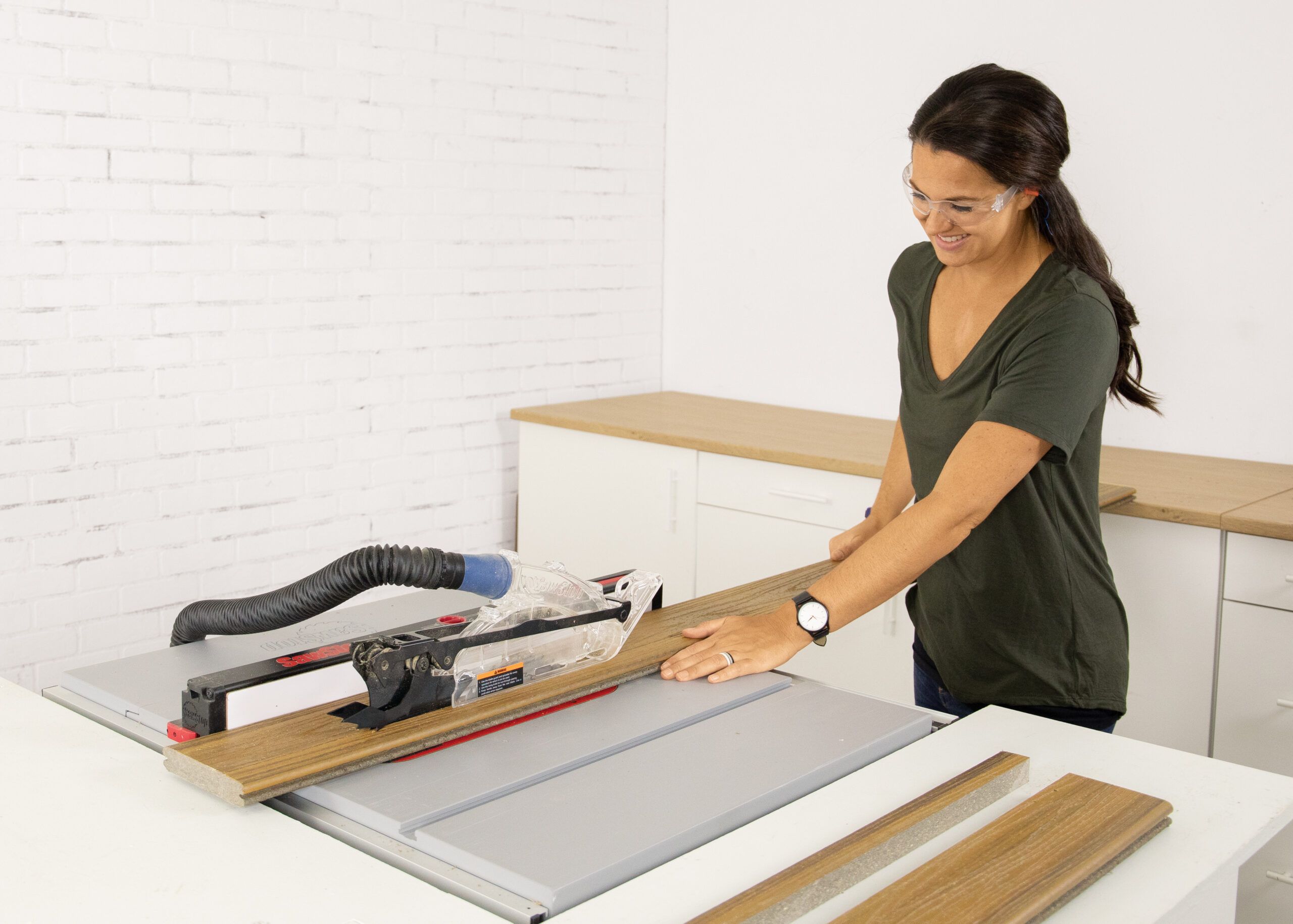
Steps for Building a DIY Deck Lounger
Refer to the cut list above, measure carefully, and prioritize safety when working with tools.
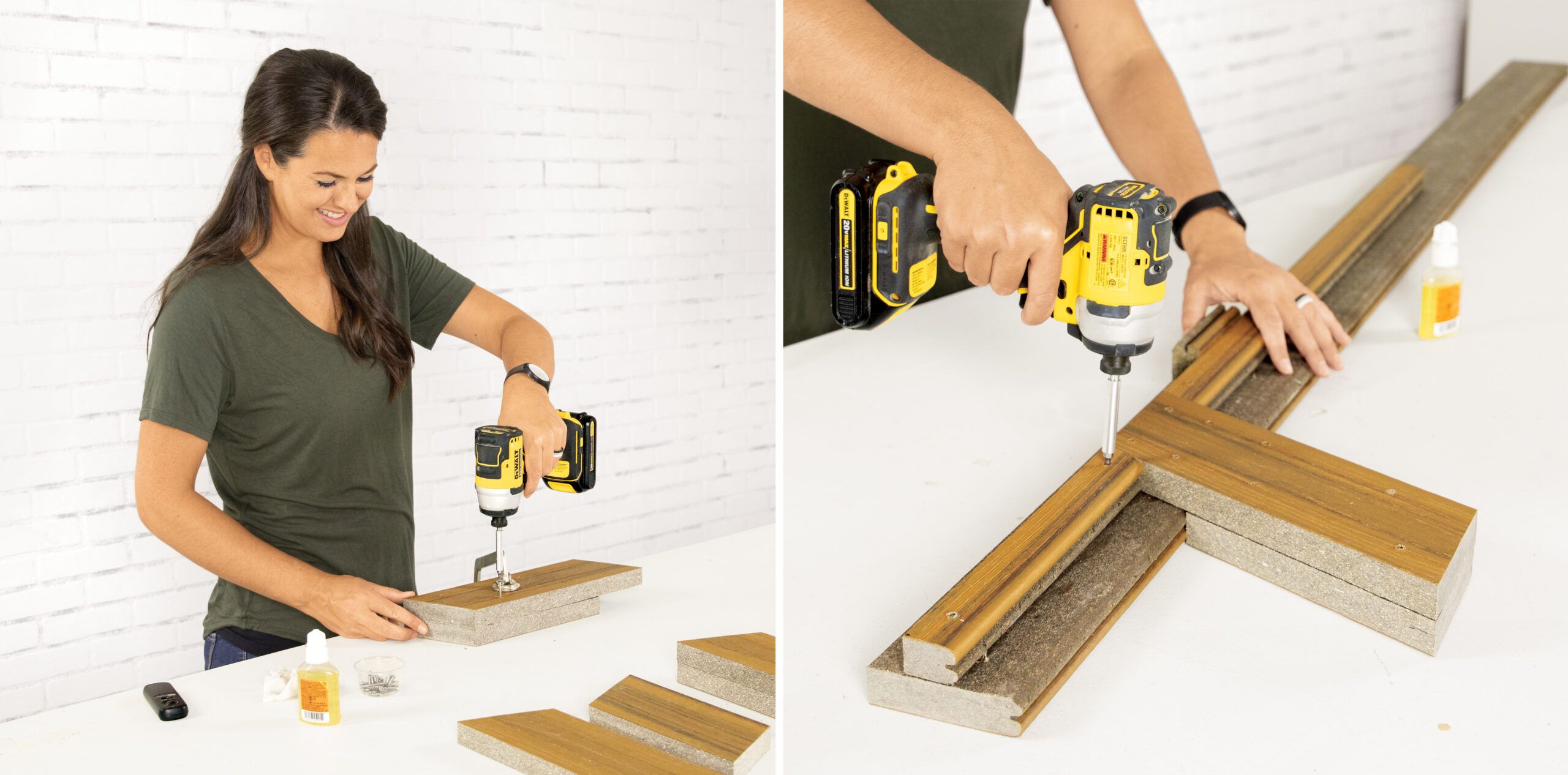
Step 1: Assemble the Legs
First, cut the decking to size using a table saw, then use a miter saw. Apply polyurethane glue to the unfinished composite faces of one short and one long leg piece. Align their bottom edges, and clamp them until the glue cures. Drill four pilot holes through the long leg and into the shorter one. Make a counterbore with a 1/4-inch bit, then secure with 15/8-inch screws. Conceal each hole with a plug. Do the same for the remaining legs.
Step 2: Attach the Front Legs
Position the shoulders of the front legs against the bottom edges of the frame sides, 9 1/8 inches from the frame’s front end. Glue, clamp, and fasten them with 15/8-inch screws. Butt the seat-support rails on either side of each leg, grooved sides down. Using the same screws, glue, clamp, and fasten the rails to the frames’ sides and ends, 1 inch below its top edges.
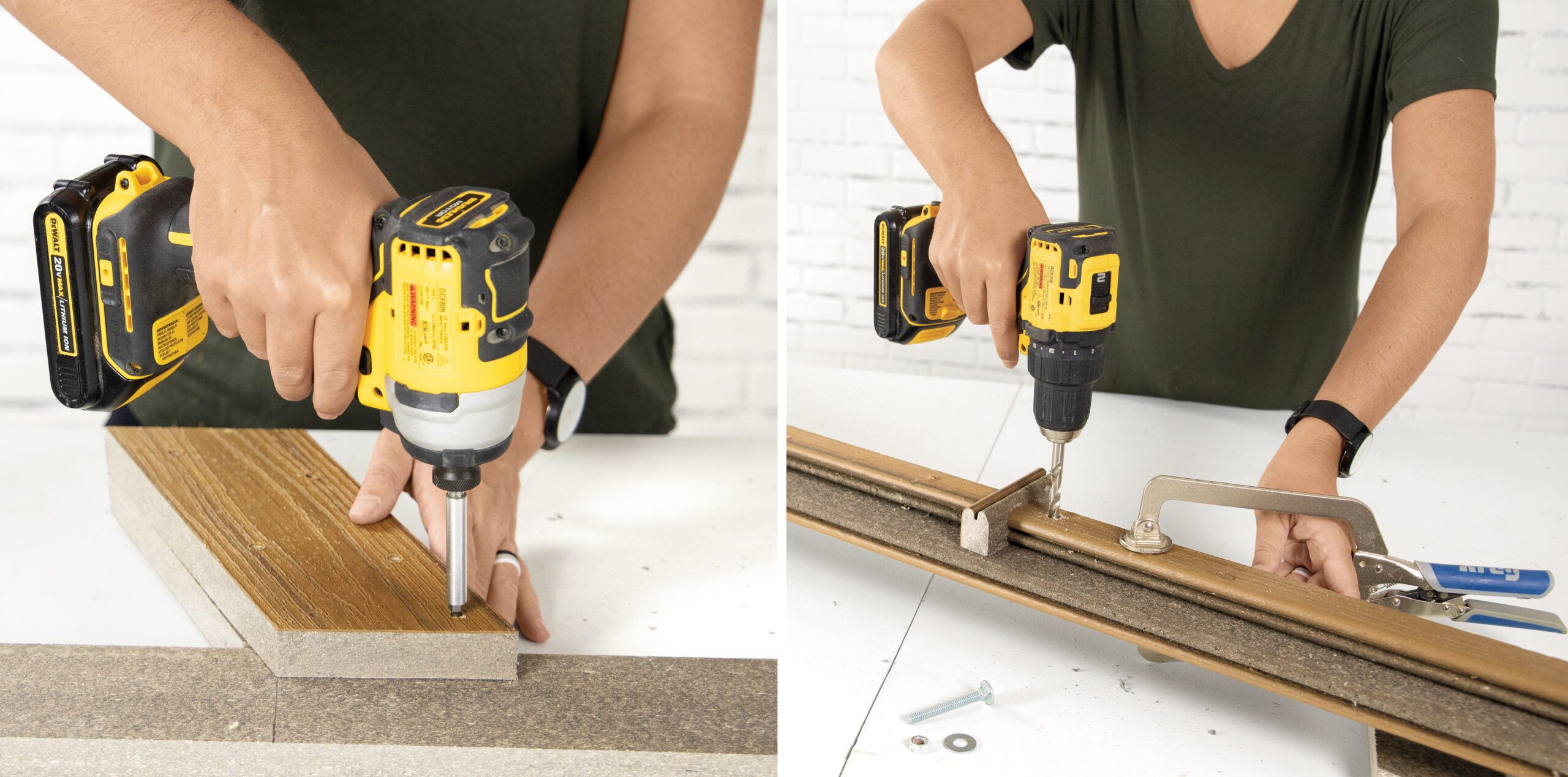
Step 3: Attach the Back Legs
To allow the backrest to lie flat on the back legs, trim their shoulders by the thickness of the backrest support. Then glue and screw each leg 11 inches from the frame’s ends.
Step 4: Prep the Supports
Position the backrest supports 1 inch from the installed seat-support rails. Drill a 3/8-inch hole through the parts 1 inch from the end of the backrest rail.
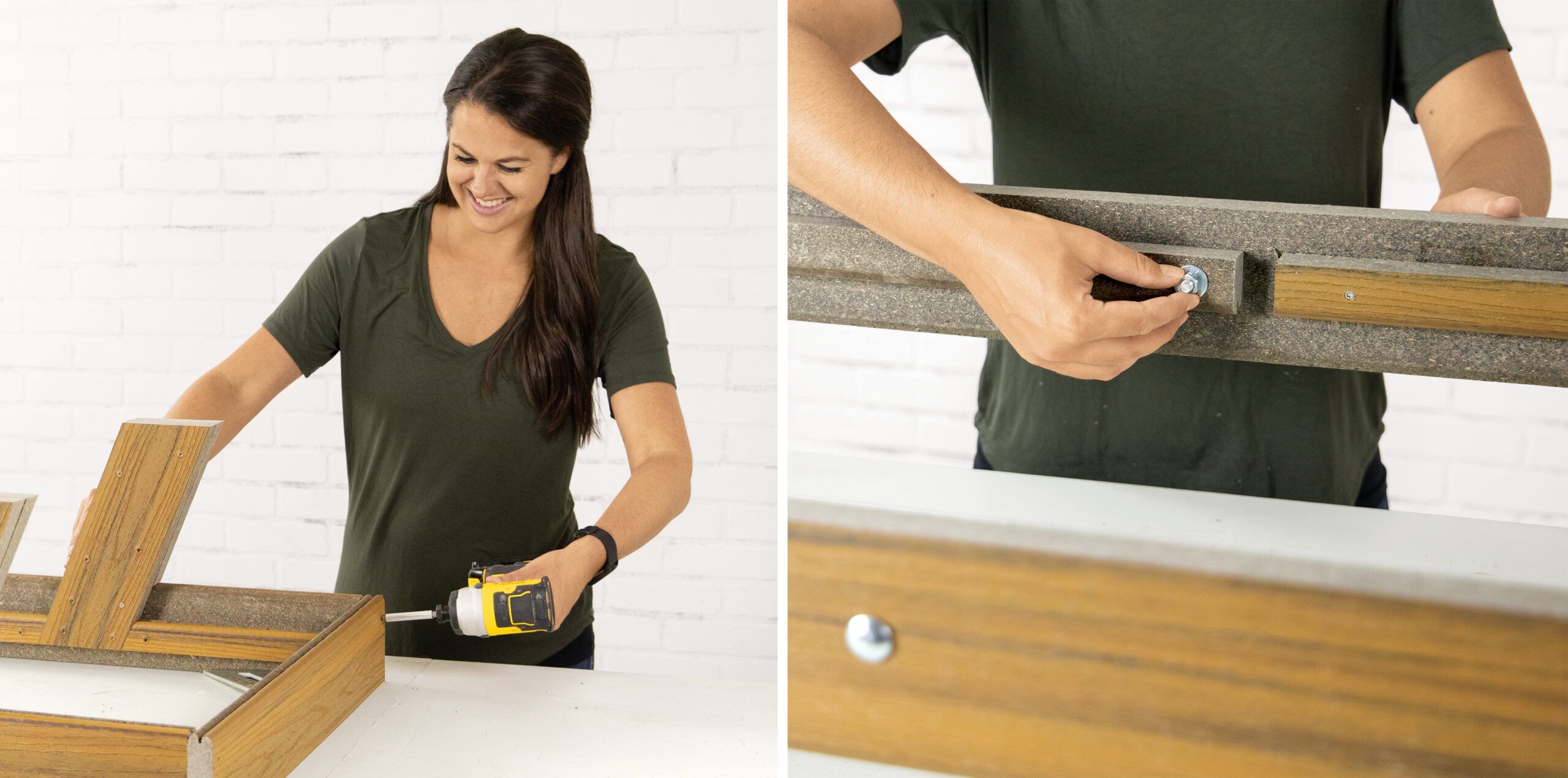
Step 5: Assemble the Frame
Set the sides and ends of the chair frame on their flat edges, perpendicular to each other. Drill two pilot holes through each endboard and into the sides. Fasten the pieces with glue and 3-inch screws. Conceal the screws with plugs. Glue and screw the support-rail pieces to the inside of each frame end.
Step 6: Attach the Backrest Support Arms
Hammer a carriage bolt through the outside of each frame piece and each backrest support arm. Embed the bolt heads in the composite. Add washers, then tighten a locking nut onto each bolt with a wrench.
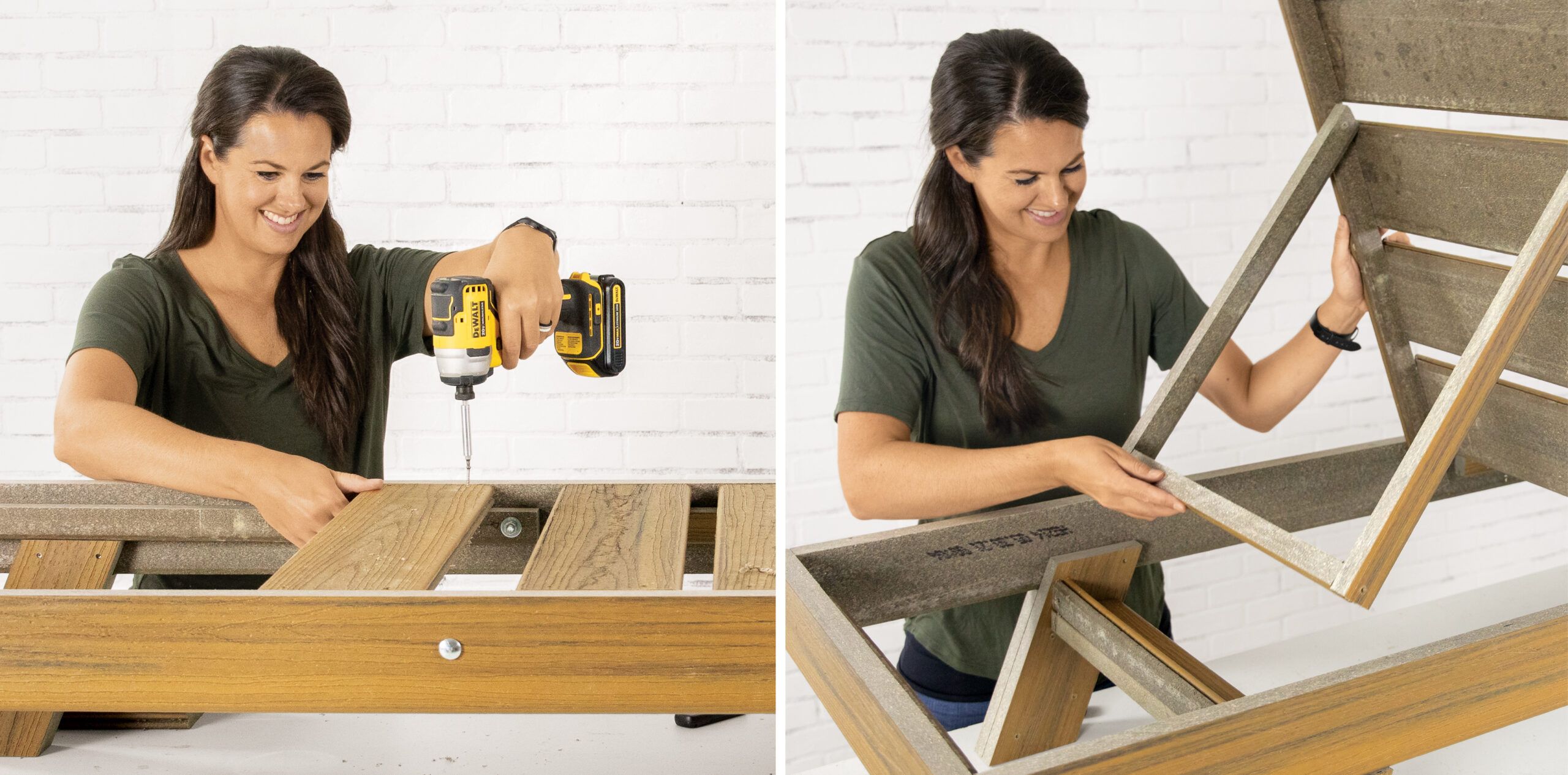
Step 7: Secure the Seat Slats
Set the first slat against the frame’s front end, then glue and screw it and six other slats to the fixed rails. Affix the slats’ ends with glue and two screws, leaving a 1-inch gap between them. Assemble a U-shaped frame for the backrest. Set it on the back legs, then glue and screw the remaining slats to the frame.
Step 8: Support the Backrest
Screw together two 5-inch-wide boards to make an L-shaped shelf to elevate the backrest. Fasten the shelf between the back legs. Make a U-shaped arm with glue, 3-inch screws, and three lengths of stock. Bolt it to the frame. Now screw doubled-up blocks to the inside of the frame to cradle the backrest when lying flat. Add the cushions to complete the project.
